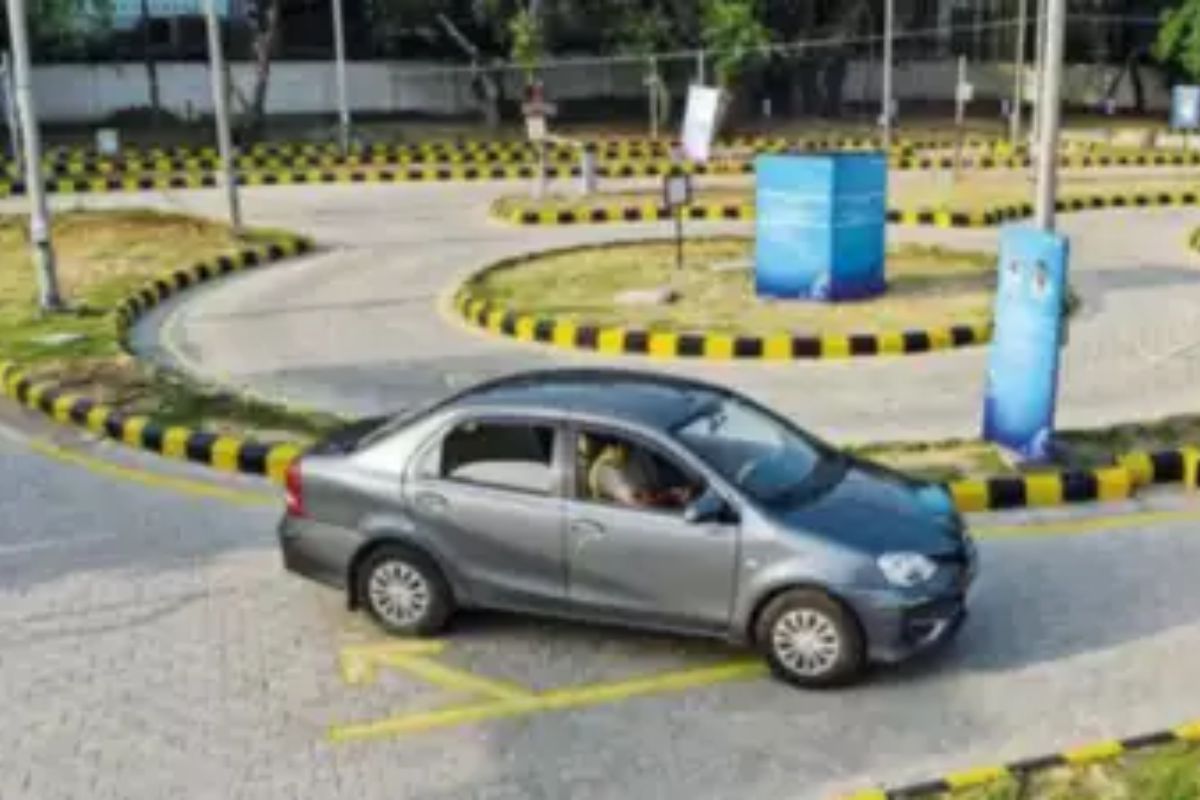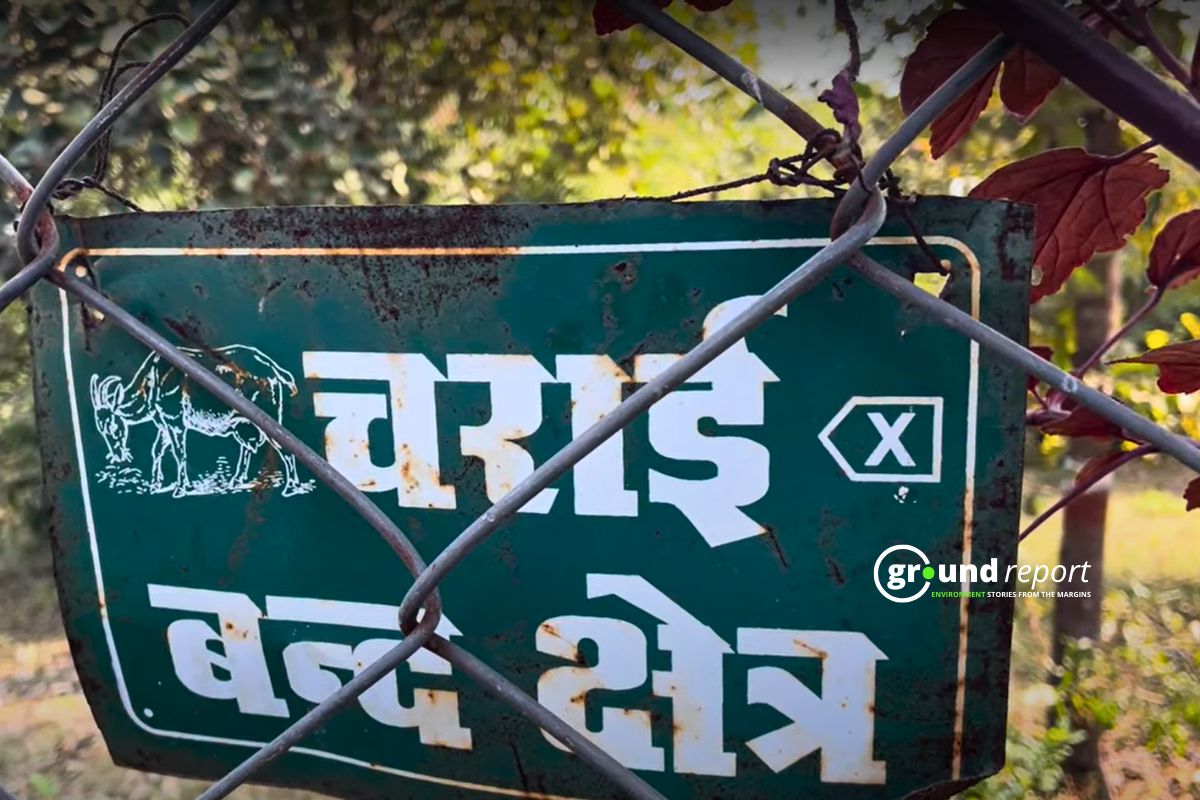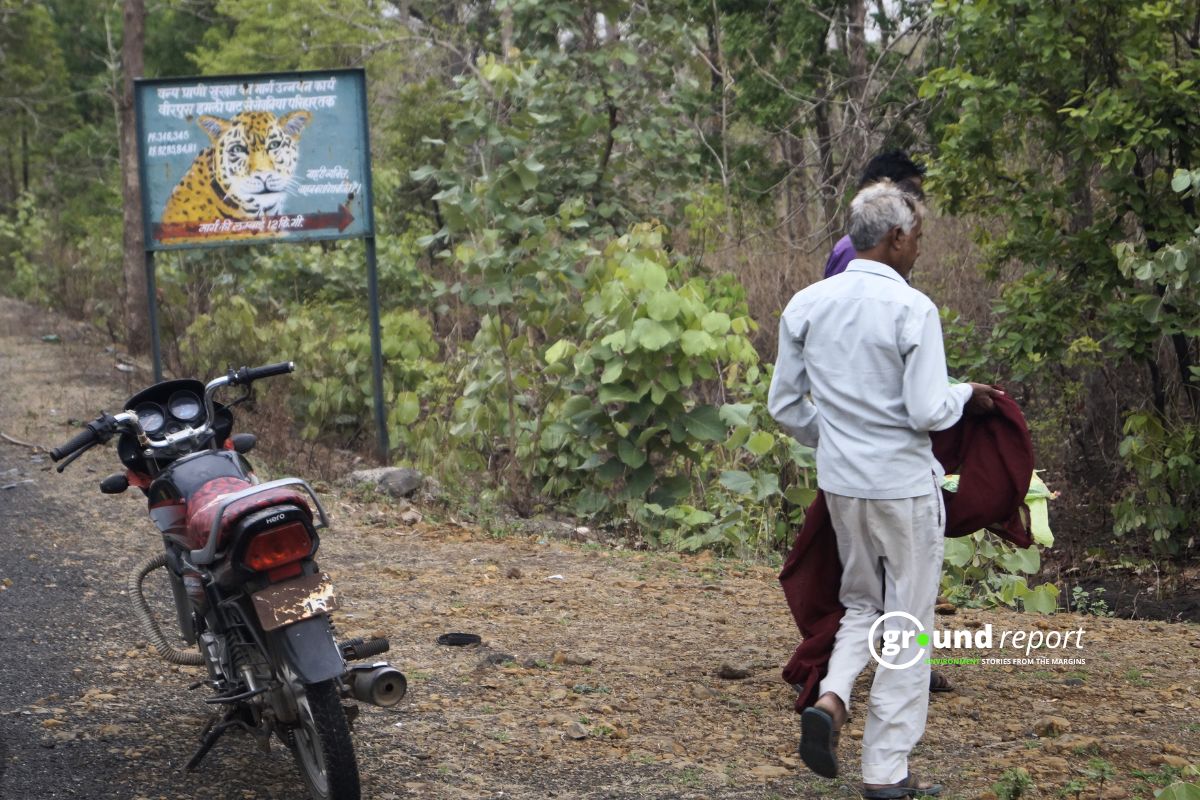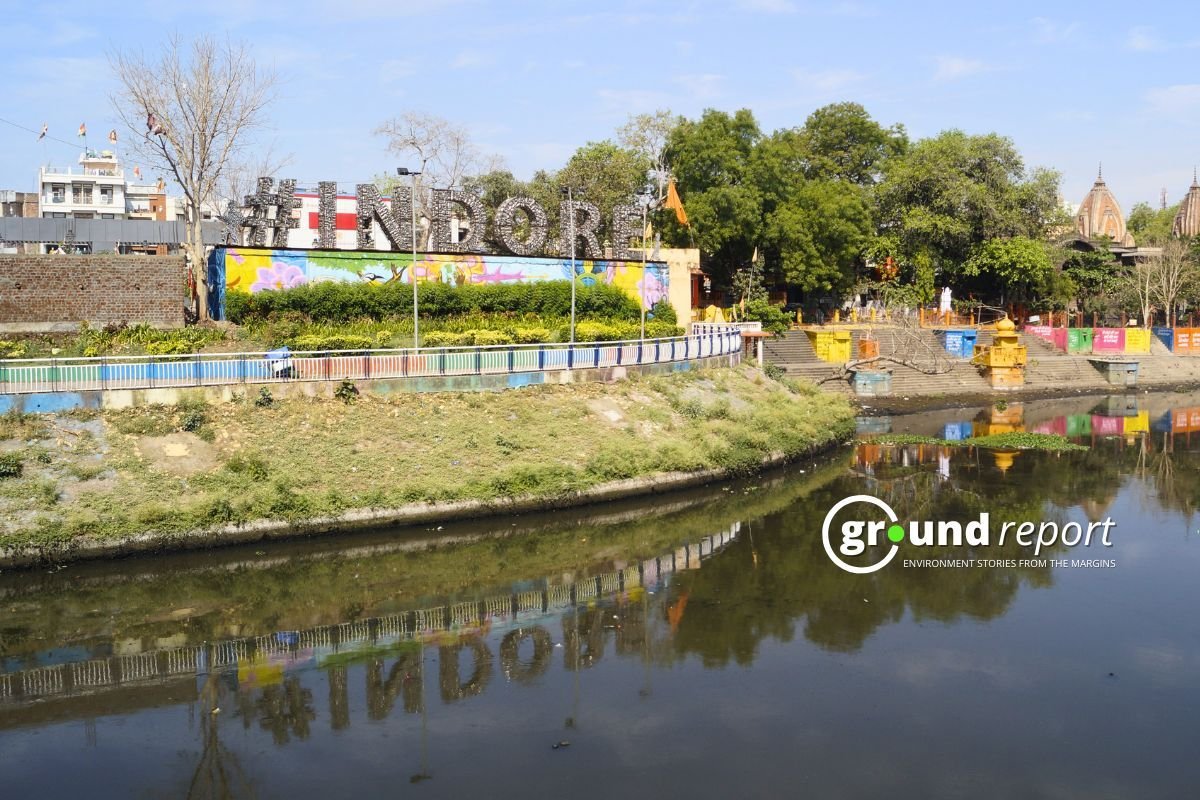Delhi has become the first state in India to implement fully automated driving test tracks across all its regional transport offices (RTOs). The inauguration of the automated Lado Sarai driving test track on Friday marked the completion of this ambitious initiative, with all 13 test tracks in the city now operating in automatic mode.
The automated driving test tracks, developed in collaboration with Maruti Suzuki, use video analytics technology and sensors to evaluate applicants’ driving skills without any human intervention. Applicants are assessed on 24 parameters, including reverse parallel parking, negotiating gradients, maneuvering through reverse-S patterns, emergency braking, and ramp riding, within a 10-minute cycle time.
What are the advantages of automated DL testing?
According to a survey by SaveLIFE Foundation in India in 2017, a whopping 59% of the respondents did not give a test to obtain a driving license. Multiple research papers have listed the advantages of automated driving license testing, which include:
- Expediting the testing of candidates aspiring for a driving license in a more efficient and transparent manner, as compared to the manual testing procedure.
- Reduction of time taken to test candidates.
- No dependency on the experience of the examiner in conducting the test.
- No involvement of corruption or influence in the success or failure of the driving test.
- Option for examinees to review errors committed by them in driving tests on recorded video, in case of doubt.
- Reduction of workload on RTO employees and the ability to test and issue more driving licenses in a given period.
“At times, we do hear from people that to get a driving license in Delhi, one really needs to be skilled in driving due to automated tracks. But it has ensured that the Delhi roads will be safer in the coming years. This will lead to lesser road accidents,” said Kailash Gahlot, the Transport Minister of Delhi in 2023.
Ashish Kundra, the Transport Commissioner, lauded Delhi’s achievement, stating, “Delhi has become the first state in the country to go completely automated.”
However, concerns have been raised about the automated system’s ability to produce skilled and responsible drivers. Critics argue that the test’s low-speed conditions, lack of hazard perception evaluation, and absence of real-world traffic scenarios fail to prepare drivers for the challenges of urban and highway driving.
Some key disadvantages pointed out by experts
While the automated system promises transparency and efficiency, concerns have been raised about its ability to produce skilled and responsible drivers. Critics argue that the test’s low-speed conditions, lack of hazard perception evaluation, and absence of real-world traffic scenarios fail to prepare drivers for the challenges of urban and highway driving.
“Nowhere during the test does the speed of the vehicle exceed 10-15 km/h,” said a driving instructor, who wished to remain anonymous. “While the examinee may be able to control the vehicle at these speeds, the problems begin when they reach usual traffic speeds in the city or on highways, where they have no experience or ability to control their vehicles.”
Moreover, the test does not assess drivers’ understanding of traffic flow dynamics, crash avoidance strategies, right-of-way rules, or the power and acceleration capabilities of their vehicles. Critics argue that this lack of comprehensive testing could lead to the creation of selfish, road-hogging drivers who pose a threat to other road users, including pedestrians and cyclists.
Despite these concerns, the Delhi government remains committed to the automated system, citing its ability to expedite the testing process, reduce workload on RTO employees, and minimize corruption.
Follow Ground Report for Environmental News From India. Connect with us on Facebook, Twitter, Koo App, Instagram, Whatsapp and YouTube. Write us on GReport2018@gmail.com and subscribe our free newsletter.
Don’t forget to check out our climate glossary, it helps in learning difficult environmental terms in simple language.












